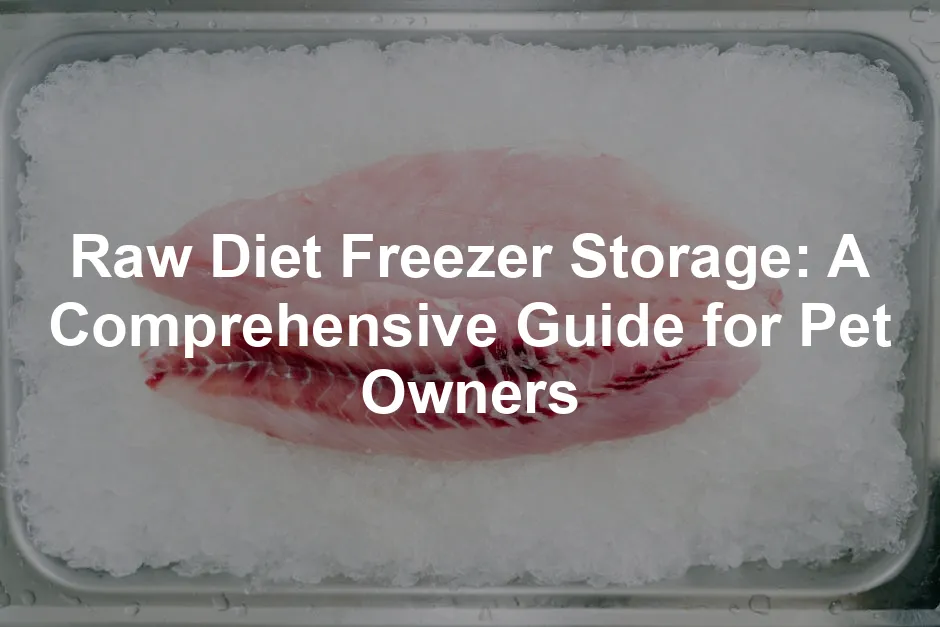Introduction
Raw diets for pets are gaining popularity. Many pet owners believe these diets promote better health. They often contain fresh meat, bones, and vegetables. Proper freezer storage is crucial to maintain food safety and nutrition. This article covers best practices for storing, thawing, and handling frozen raw dog food.
To keep your dog’s food fresh and safe, consider investing in a Dog Food Storage Container. These containers keep your dog’s food fresh and free from pests, ensuring your pup always has a delicious meal ready to go!
Summary and Overview
Raw dog food includes various components like meats, bones, fruits, and vegetables. Each ingredient plays a vital role in your dog’s nutrition. For instance, meats provide proteins, while bones offer calcium. Safe storage and handling are essential to prevent spoilage and preserve nutritional value. This guide will outline freezing methods, thawing techniques, storage tips, and hygiene practices. Understanding freezer storage is essential to maintain the quality of raw diets.

Don’t forget to grab a Vacuum Sealer Machine! It’s perfect for sealing up your raw dog food and keeping it fresher for longer, preventing freezer burn from ruining your dog’s meals.
Understanding Frozen Raw Dog Food
What is Frozen Raw Dog Food?
Frozen raw dog food is an uncooked option designed to mimic your dog’s ancestral diet. This diet includes fresh meats, bones, fruits, and vegetables, all preserved through freezing. By keeping ingredients raw, this method retains vital nutrients lost during cooking.
When considering your dog’s diet, it’s important to look at the individual components. Meats like chicken or beef are rich in high-quality proteins. These proteins are essential for energy and muscle development. Bones contribute calcium and phosphorus, promoting strong bones and dental health. Fruits such as apples and blueberries provide vitamins and antioxidants that support immune function. Vegetables like carrots and spinach add additional vitamins and minerals, helping maintain overall health.
Statistics show that many dogs on raw diets exhibit improved energy levels and healthier coats. Pet owners often report fewer allergies and digestive issues. If you’re looking to boost your dog’s nutrition, consider switching to a raw diet for its potential health benefits.

To make mealtime easier, a Pet Food Portioning Scoop can help you serve the perfect amount of food every time, ensuring your dog gets just the right nutrition without any guesswork!
Best Practices for Freezer Storage
Safe Freezing Techniques
Freezing raw dog food properly is essential for maintaining its quality. The optimal freezer temperature should be set at 0°F (-18°C) or lower. This temperature ensures that harmful bacteria remain inactive. At temperatures above this, bacteria can grow rapidly. Studies show that bacteria can multiply significantly within hours at improper temperatures.
Using airtight containers or vacuum-sealed bags is a must. These storage options help prevent freezer burn, which can degrade the food’s quality and taste. Make sure to portion your raw food into meal-sized servings. This not only makes thawing easier but also ensures that you serve the right amount for your dog.

By planning ahead and storing food correctly, you can maintain its freshness and safety. Consider using portion-sized containers for added convenience. This simple step can make raw feeding a breeze.
To keep everything organized, Freezer Bins for Organization are a lifesaver! They help you keep your raw food neat and tidy, ensuring you can find what you need in a snap.
How to Label and Organize Frozen Raw Food
Labeling your frozen raw food is crucial for food safety and organization. Each label should include the date of freezing, type of food, and serving size. This practice ensures that you use older items first, reducing waste.
To keep your freezer organized, consider using bins or baskets. Group similar foods together to make meal prep easier. A well-organized freezer not only saves time but also helps you manage your dog’s diet effectively.
Implementing a labeling system can streamline your feeding routine. It helps you quickly find what you need and ensures that your pet receives fresh meals. For easy labeling, Dog Food Freezer Labels are a must-have!
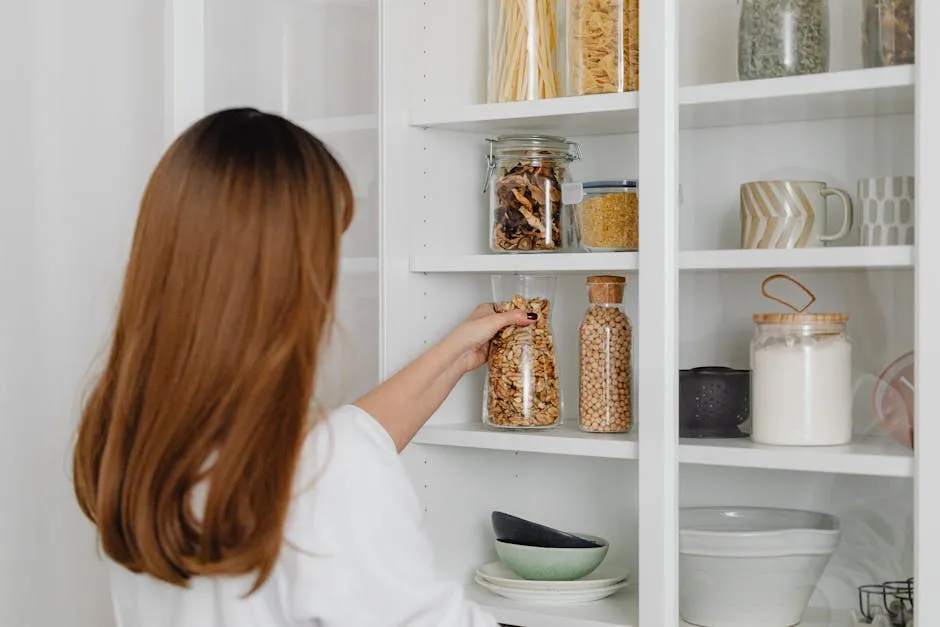
Thawing Frozen Raw Dog Food
Recommended Thawing Methods
When it comes to thawing raw dog food, safety is key. The best method is refrigerator thawing. Simply place the frozen food in the fridge overnight. This method keeps the food at a safe temperature, minimizing bacterial growth. Aim to thaw your dog’s meal for 12-24 hours before feeding.
If you need a quicker option, consider using a cold water bath. Seal the food in a watertight bag, then submerge it in cold water. Change the water every 30 minutes to maintain the cold temperature. This method can thaw the food in just a few hours.
Avoid using the microwave to thaw raw food. While it’s fast, microwaving can create hot spots that encourage bacteria to multiply. It can also alter the food’s texture and nutritional value.

By planning ahead and using the refrigerator method, you can ensure that your dog enjoys a safe and nutritious meal. And don’t forget to keep a Food Safety Thermometer handy! This little tool ensures that your dog’s food is at the right temperature before serving.
How Long Can Thawed Food be Stored?
Once you’ve thawed raw dog food, it’s crucial to know how long it stays fresh. Store thawed food in the refrigerator for 2-3 days. After this period, the risk of spoilage increases.
Watch for signs that the food may be going bad. A sour smell, discoloration, or a slimy texture indicates spoilage. If you notice any of these signs, it’s best to discard the food to keep your dog safe.
Regularly check the thawed food to maintain freshness. Keeping an eye on your pet’s meals helps avoid any health issues that could arise from spoiled food.
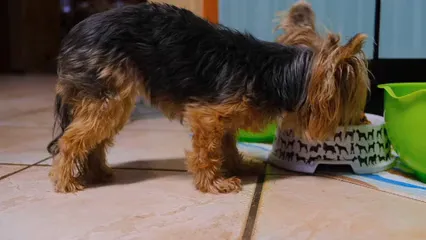
Handling Raw Dog Food Safely
Hygiene and Safety Practices
When handling raw dog food, hygiene is crucial. Just like with human food, you want to avoid any health risks. Start by washing your hands thoroughly with soap and warm water before and after handling raw pet food. This simple step can prevent harmful bacteria from spreading.
Next, ensure that all utensils and surfaces are clean. Use hot, soapy water to wash bowls, cutting boards, and any tools you use. This practice helps eliminate any residual bacteria that may linger after preparation.
Cross-contamination is a significant concern. Always keep raw dog food separate from human food in your kitchen. Use separate cutting boards and utensils to ensure that no harmful bacteria transfer to your meals.
Remember, maintaining food hygiene protects both you and your furry friend. After preparing raw meals, take a moment to clean everything. Your dog’s health and your safety depend on it!
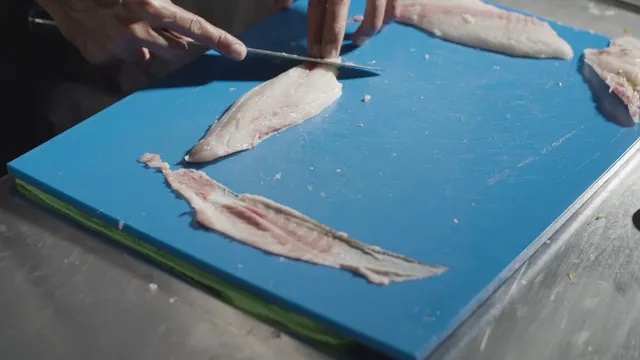
For added peace of mind, consider having a Pet First Aid Kit on hand. You never know when you might need it!
Identifying Spoiled Raw Dog Food
Signs of Spoilage
Knowing when raw dog food has gone bad is essential for your pet’s safety. Trust your senses! If you notice any foul odors, it’s a clear sign the food is spoiled. A strong, unpleasant smell often indicates bacterial growth.
Discoloration is another critical indicator. If the food appears off-color or has visible mold, it’s time to toss it. Slimy textures are also a bad sign. If the food feels sticky or slimy, don’t feed it to your dog.
Proper disposal is crucial for spoiled food. Seal it in a biodegradable bag to prevent any contamination, then throw it in an outdoor trash can. Regularly check your dog’s food for these spoilage signs. Trusting your instincts can save your pet from potential health issues!
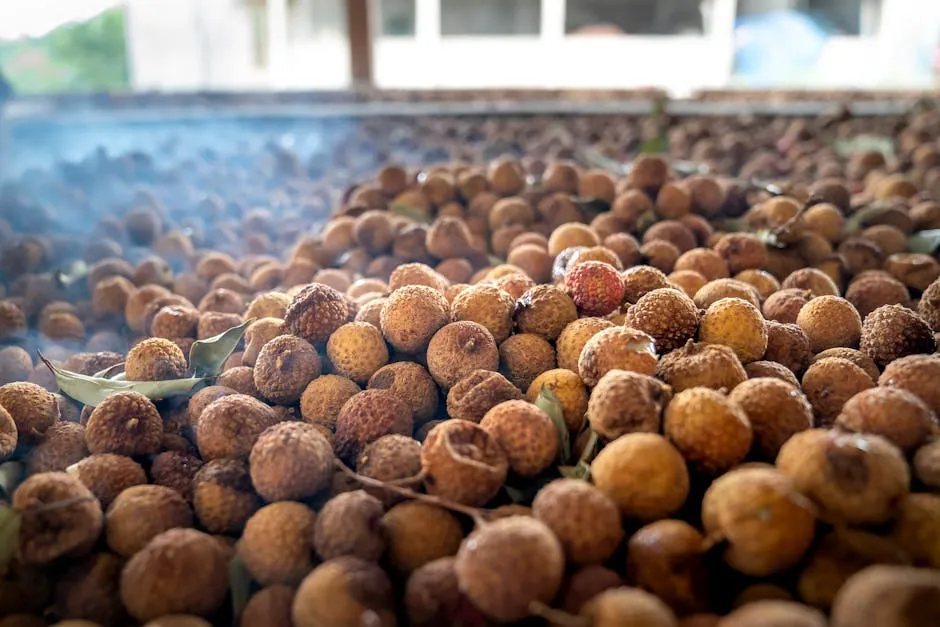
To help keep your dog’s teeth healthy, consider using a Dog Toothbrush and Toothpaste. Regular dental care is important for overall health!
Conclusion
Storing and handling raw dog food properly is essential. Proper storage ensures your pet’s food remains fresh and safe. Following best practices helps maintain the food’s nutritional quality. This, in turn, supports your dog’s health and wellbeing.
Adopting these practices not only benefits your furry friend but also gives you peace of mind. You’re providing a balanced diet while minimizing health risks. Embrace these tips for a successful raw feeding experience. Your dog will thank you for it!
If you travel with your dog, consider a Dog Travel Carrier. It makes traveling easy and keeps your pet safe during your adventures!
FAQs
How long can I store raw dog food in the freezer?
Raw dog food can be stored in the freezer for up to six months. After this period, it may lose quality but can still be safe to eat. Always check for signs of freezer burn or off smells. Keeping the freezer temperature at 0°F (-18°C) helps maintain food quality.
What should I do if my dog refuses to eat thawed food?
If your dog refuses thawed raw food, try warming it slightly to enhance aroma. Some dogs may prefer the food at room temperature. Mixing in a small amount of their favorite treat can also encourage eating. Patience is key during the raw food transition.
Can I refreeze thawed raw dog food?
Refreezing thawed raw dog food is not recommended. Once thawed, the food can only be stored in the refrigerator for up to 2-3 days. If your dog doesn’t finish their meal, discard the leftovers to prevent bacteria growth.
What are the best containers for storing raw dog food?
Airtight, freezer-safe containers are ideal for raw dog food storage. Vacuum-sealed bags also work well, preventing freezer burn. Using portion-sized containers can simplify meal prep and help with thawing.
How can I transition my dog to a raw diet safely?
Transition your dog gradually over 7-10 days. Start by mixing raw food with their current diet, slowly increasing the raw portion. Monitor for any digestive issues during the transition, adjusting as necessary.
What temperature should my freezer be set to for raw food?
Your freezer should be set to 0°F (-18°C) or lower. This temperature keeps raw food frozen solid, preventing bacterial growth and preserving nutritional integrity.
Are there any specific foods that should never be included in a raw diet?
Avoid toxic foods like onions, garlic, and grapes. Additionally, steer clear of raw pork and certain fish unless properly frozen to eliminate parasites. Always research any new ingredients before introducing them to your dog’s diet.
Please let us know what you think about our content by leaving a comment down below!
Thank you for reading till here 🙂
For a deeper understanding of how to handle raw diets safely, check out our comprehensive guide on raw food safety for dogs.
All images from Pexels

